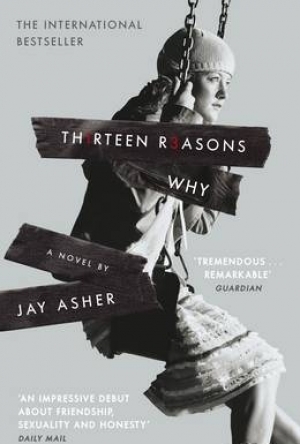
Never Too Late
Book
MTV reality star Amber Portwood's autobiography describes her shocking downward spiral and recovery...
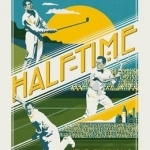
Half-Time: The Glorious Summer of 1934
Book
Set against the backdrop of depression-era politics, 1934 was an annus mirabilis for English sport....
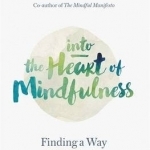
Into the Heart of Mindfulness: Finding a Way of Well-Being
Book
Plagued by anxiety and depression for much of his twenties and early thirties, Ed Halliwell...
Hazel (1853 KP) rated Thirteen Reasons Why in Books
May 23, 2017
Recently filmed as a thirteen-part Netflix drama executively produced by Selena Gomez, Thirteen Reasons Why was the first novel by the award-winning author, Jay Asher. It is the type of book readers will either love or hate, but it should definitely come with a warning. This story is NOT an accurate representation of depression and suicide.
Yes, suicide. A teenaged girl has committed suicide, shocking everyone who knew her. No one could understand why, but thirteen people are going to find out. Clay Jensen is the ninth person to receive a box of thirteen audiotapes from Hannah Baker. However, Hannah died two weeks ago. As she premeditated taking her life, Hannah recorded thirteen stories involving people from her school that caused her to snowball into deep depression and despair. Desperate to find out why his name features in Hannah’s story, Clay begins listening to the tapes in order, putting together the events that led to Hannah’s death.
What follows is a heart-breaking story showing the impact individuals have on other people’s lives, often without realising it. In some cases, the characters only played a minor role in Hannah’s life, whereas others caused significant damage. The saddest thing is, Clay could have helped Hannah, but she had pushed him away.
At times, Hannah seemed like the horrible person, calling all these people out on petty little things, but these things, along with the more horrible ones, all built up to create a life that did not feel worth living. It is eye opening how much a small action, comment or rumour can so drastically alter someone’s future.
Bearing in mind that depression affects everyone differently and has numerous causes, some readers may feel disgusted at Hannah’s extreme action, but this is the fault of the author. Jay Asher fails to completely describe the emotional torment that Hannah felt, and only someone who may have been through a similar situation, or worse, will fully be able to understand the impact everything has had on her mental health.
As Hannah beleaguers her listeners, the thirteen people start to feel like the victims rather than the “attackers”, which is most probably not what the author was intending. Now, these people will have to live their lives believing they caused a girl to commit suicide when really they were only 1/13th of the reason. Although, before criticising this novel, keep in mind it is a work of fiction.
What is most painful about Thirteen Reasons Why, is not Hannah’s plight, but the reaction Clay has to hearing Hannah’s story. Unlike the other people Hannah accuses, Clay is not one of her antagonists; all Hannah wants to do is to say sorry.
It is up to the reader to judge whether Thirteen Reasons Why is worthy of praise or not. Those without an understanding of depression may dislike it on account of misunderstanding Hannah’s reasons, whereas others may feel insulted that she killed herself over things that could have been eased had she told someone. Personally, I understand where Hannah is coming from, and although I would not go to the extremes Hannah did, I do not think she was selfish or stupid or any other insult that may befall her.
The reason I give this book a good rating lies in the quality of writing. Asher seamlessly alternates between two narratives – Hannah’s story and Clay’s reaction and reflection. Although the author may not have clearly expressed Hannah’s emotions, he successful emphasises the grief and despair Clay feels listening to the cassettes. My main concern is that Thirteen Reasons Why will only be short lived. Audiotapes were already obsolete when the book was published, but soon will there be any new readers who know what a tape is?

Pacifica for Stress & Anxiety
Health & Fitness and Medical
App
Stress, anxiety, and depression can get in the way of you living your life. Pacifica gives you...
Eilidh G Clark (177 KP) rated The Busconductor Hines in Books
Jul 2, 2019
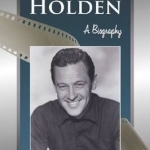
William Holden: A Biography
Book
This is the story of William Holden, a true leading man whose career spanned more than 40 years and...

A Conversation with Gangaji
Podcast
For over 20 years, American born teacher and author Gangaji has reached thousands around with world...
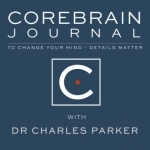
CoreBrain Journal
Podcast
Mind care, psychiatric assessment and treatment standards often omit crucial brain, biomedical -...

The Anxiety Guy Podcast
Podcast
The Anxiety Guy Podcast is the only resource you need to begin lessening and eventually ending your...
